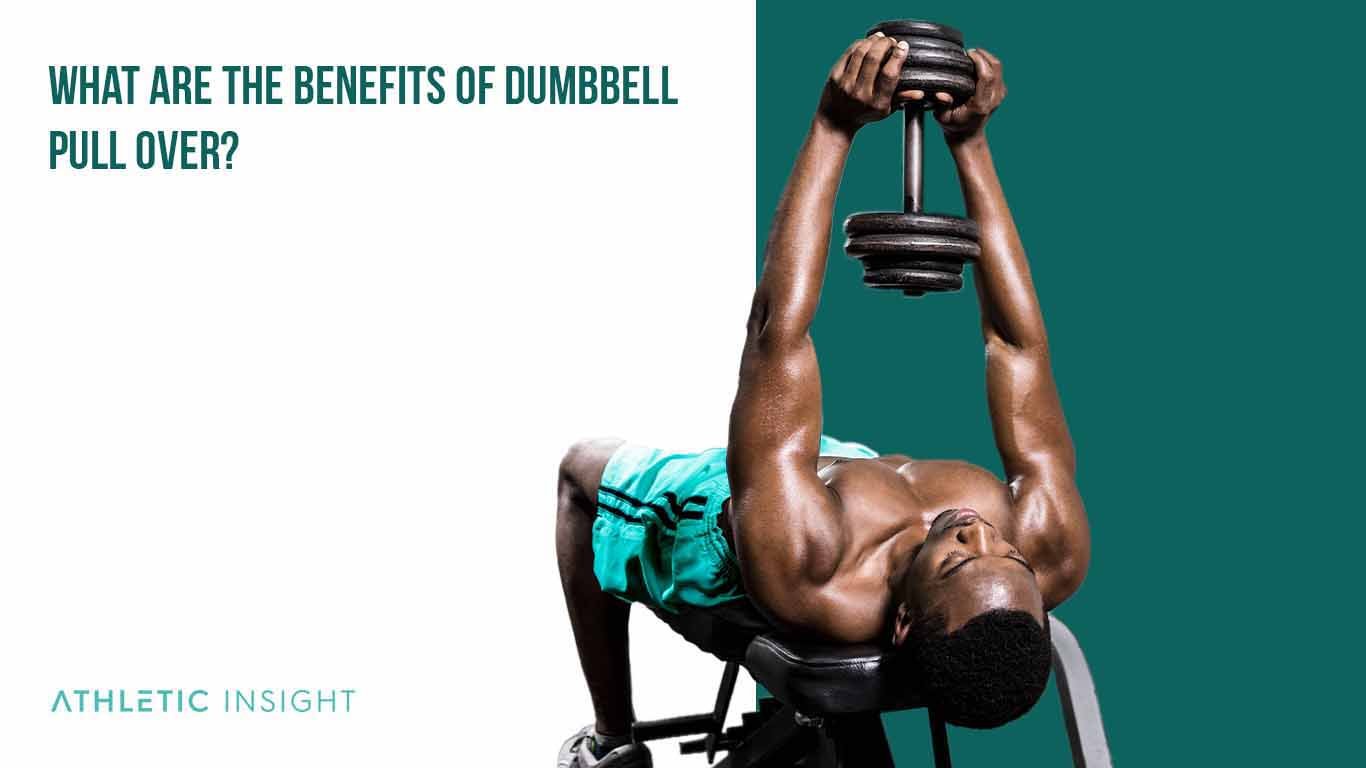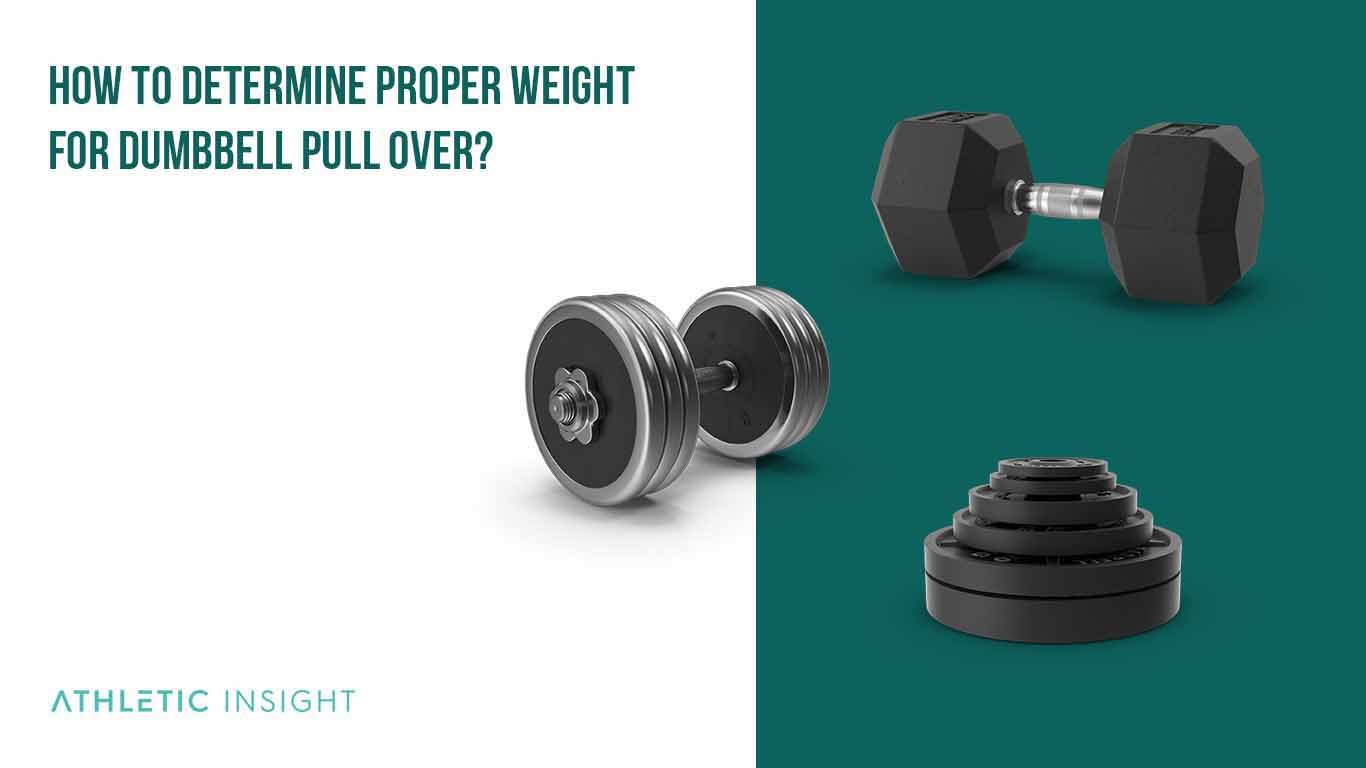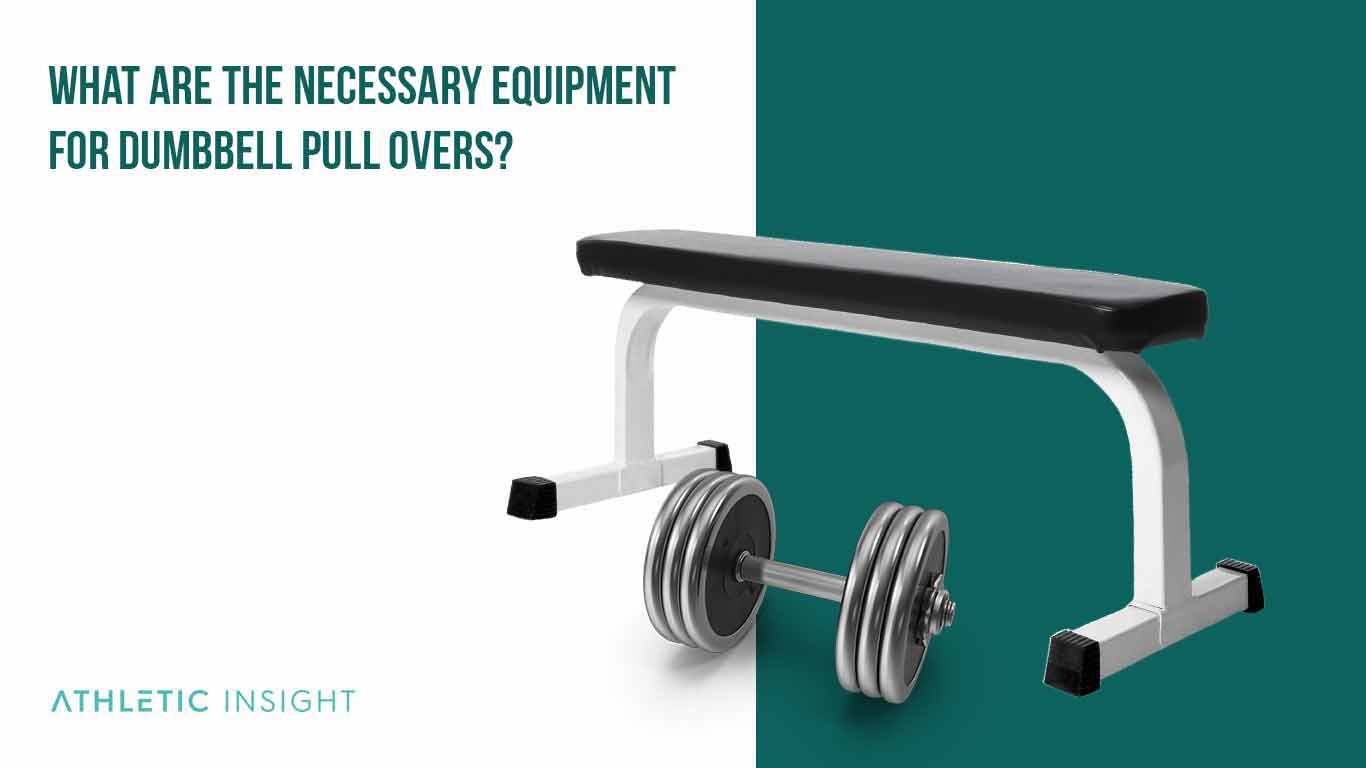The dumbbell pullover is a weightlifting exercise that can help with stamina, mobility, strength, and muscle mass in your Pectoralis major (pecs) and latissimus dorsi (lats). The benefit of the dumbbell pullover is that it strengthens the muscle in the chest, increases flexibility in the chest and upper body, increases muscle mass, and improves shoulder mobility.
To master the dumbbell pullover, one must have proper form and grip strength. Dumbbell pullover type counts are usually three sets of 10 to 12 reps when performing the movement laying down. This may vary depending on if you are going for stamina (higher repetitions with less weight) or strength (lower repetitions with heavier weight).
There are several dumbbell pullover techniques and variations to change up your routine and challenge your muscles. These include using one dumbbell instead of two, stability ball bench press, and the dumbbell pullover-leg extension combo
The main goal is to prevent common mistakes that lead to common injuries such as overuse or lifting too much weight which can cause muscle strains and tears. Serious injury may occur if someone does not have adequate upper body mobility before performing this exercise or any variations which is why you need to focus on your dumbbell pullover techniques before adding more weight.
How to Perform Dumbbell Pull Over with Proper Form?
It is essential to maintain proper form when you perform the dumbbell pull over. This chest exercise is widely recognized as a postural exercise. To perform one complete repetition, you must maintain the spine in a stable, lengthened position. A good dumbbell pull over form will increase flexibility in the upper body and chest.
Here are the steps to follow to execute one repetition.
- Sit on the end of a stable weight bench
- Place your feet slightly wider than the bench on the floor
- Hold a dumbbell with each hand
- Roll backward until you are lying on the bench
- Support the back, neck, and head properly
- Extend your arms above your chest, toward the ceiling
- Inhale and slowly bring the weights back, over your head
- Maintain a strong back and core while also keeping your arms straight
- Exhale slowly after 1 second
- Restore your arms to the beginning position
What Are the Benefits of Dumbbell Pull Over?
The dumbbell pull over is a notable resistance workout that focuses on strengthening the pectoralis major in the chest. It is also effective for engaging the latissimus dorsi, which includes the wing-shaped muscles on your back.

The core muscles and the triceps also get engaged during the dumbbell pull over.
This exercise is most effective when paired with other arms, chest, and back workouts.
While the dumbbell pull over cannot replace a solid stretching regimen, the stretch required to perform this technique helps to improve and maintain flexibility and mobility around the shoulders and the chest. This benefit will translate to improved form and technique in your overall strength training routine.
Key benefits of the dumbbell pullover.
- Strengthens the muscle in the chest
- Increases flexibility in the chest and upper body
- Increases muscle mass
- Improves shoulder mobility
What Are the Mistakes for Dumbbell Pull-Over Form?
You are at risk for serious injury if you do not maintain good dumbbell pull over form throughout the movement.
Avoid these common dumbbell pull over mistakes, which typically involve alignment, when performing the exercise.
1. The Starting Position is Incorrect
Do not start the exercise while sitting in the middle of the bench because your neck and head may not be adequately supported when you lie down. This mistake can cause soreness in the days to come. If your hips are not supported, you might feel pain or tightness in the lower back.
2. Insufficient Core Engagement
Do not arch the spine when you lift the arms behind and over the head. This tends to occur because you do not have full mobility in your shoulders and chest. Keep your stomach tight throughout the movement to avoid a back injury. If your core is tight and your back still begins to arch, it means that the weight may be too heavy.
3. Wrist Flexion or Rotation
Your palms should face one another during the entire range of movement. Your hands should be relaxed, but the wrists should be solid and stable. If your palms begin to turn upwards, you might need to select a lower weight.
4. Uneven Extension
It is not uncommon that one side of the body to be stronger or more flexible than the other. This unequal distribution will cause one of the arms to extend further or move faster than the other while performing the dumbbell pull over. Attempt to move both arms at the same pace.
How to Determine Proper Weight for Dumbbell Pull Over?
There are two primary ways to determine if you are using sufficient weight for the dumbbell pull over.

1. The Trial and Error Method
Pick a weight that you believe you can lift, and try to do eight to twelve reps with this dumbbell. If it’s hard to do the final two reps, you are challenging the muscles adequately, and this weight is fine. If you cannot finish the set, try a lighter weight that allows you to complete but still feel fatigued by the end.
2. The One-Rep Max
Select the weight you think you can pull over your head one time. You should have someone near you to help if you get stuck mid-movement. Try to do one rep with that weight, and if you can, add five pounds. You want to find the maximum weight that you can successfully lift once.
After you discover the perfect one-rep weight, multiply the number by 7. The answer you get is how much weight you should stick to that should allow for at least eight reps. (Example. If 40 pounds was your one-rep max, you should be fine to lift 28 pounds for one set of dumbbell pull overs).
Which Muscles Are Involved While Performing Dumbbell Pull Overs?
If you perform dumbbell pull overs using the proper technique, it engages the upper body. Specifically, the pectoralis major, latissimus dorsi, the serratus muscle (sides of the rib cage), and the triceps are involved.
What Are the Dumbbell Pull Over Variations?
These classic dumbbell pull over alternatives and variations are tailored to different fitness levels. These modifications can also make the workout more challenging if that is your goal. Using different equipment besides a dumbbell also constitutes a variation.
1. One Dumbbell Instead of Two
If someone has a difficult time moving their arms at the same time, they can try one dumbbell instead of using two. Put one hand on each dumbbell end and perform the movement as usual. This movement is similar to using a medicine ball, as it provides the same benefits to the shoulder and chest but with less resistance because of the lighter amount of weight.
Be careful not to arch your back during the movement.
2. Stability Ball Bench Press
The stability ball variation engages the total body more than just the chest, shoulders, and triceps. You must engage your core and lower body during this movement to keep your upper body stable during the lift.
The stability ball variation is more challenging than traditional dumbbell pull overs. The ball should fully support your neck and head, your hips must be elevated and stable, and the glutes, hamstrings, and abs tight.
Be careful to keep your lower body stable to prevent the ball from rolling during the lift and causing injury to the lower back and neck.
3. Dumbbell Pull Over-Leg Extension Combo
For the leg extension combo, you will begin in the traditional position with your neck, head, and back on the bench. Allow your knees to bend, and raise your feet from the floor until the knees are directly above the hips. This is the dead bug position and also engages your entire body.
Execute one rep in this position and keep your arms above your head while stabilizing your core and extending your legs straight out before bringing them back to the starting position over the hips. Alternate between a pull over and a double extension.
Be careful to keep your core tight during this movement and your back straight so that you do not suffer lower back pain or drop the weight while it is above your chest.
What Are the Necessary Equipment for Dumbbell Pull Overs?
Depending on whether you perform the classic dumbbell pull over or a variation, you will need a bench and a dumbbell or a medicine/stability ball.

What Are the Dumbbell Pull Over-Related Facts?
Here are additional facts related to the dumbbell pull over.
- A dumbbell pull over is essentially the same exercise like a barbell pull over.
- The dumbbell pullover should not be performed by anyone who has had prior surgery on their shoulders, as this could aggravate the problem.
- The dumbbell pull over is a great substitute exercise for the bench press, which requires less mobility in the shoulders.
- There is some disagreement about whether a dumbbell pull over primarily targets the back or chest.
- The dumbbell pull over is most effective when the individual has a strong mind-muscle connection.
Does Dumbbell Pull Over Affect the Hormones?
Dumbbell pull overs contribute to better overall mental health. Strength training also helps to regulate male and female sex hormones as they age.
Men and women produce less testosterone and estrogen as they get older, leading to hormonal imbalance. An imbalance can cause low sex drives, low energy, and unpleasant moods. Strength training stimulates the production of these hormones, which alleviates these symptoms and rebalances the levels.
Does Dumbbell Pull Over Increase Testosterone?
Exercise, in general, can increase testosterone. Muscle-building exercises tend to have this effect more than other kinds of exercise. The more muscle you have indicates higher testosterone levels. Dumbbell pull overs are bodybuilding exercises that increase muscle mass because you’re using weights to tear and rebuild muscle fibers.
Does Dumbbell Pull Over Affect the Mood?
Physical exercise, in general, has a positive effect on a person’s mood. People that exercise regularly have healthier mental and emotional states. When you exercise, serotonin, stress hormones, endorphins, and other mood hormones change levels. These particular hormones control stress, anxiety, and happiness.
Is Dumbbell Pull Over Practiced Within CrossFit?
Dumbbell pull overs are generally utilized within bodybuilding regimens. However, CrossFit athletes can incorporate dumbbell pull overs into their training programs to increase back and chest development.
Is Dumbbell Pull Over a Military Movement?
The dumbbell pull over is not a military movement, but you can perform this military exercise alongside the military press for more muscle stimulation.
Is Dumbbell Pull Over Dangerous?
Dumbbell pull overs are a high-risk exercise for anyone that has pre-existing shoulder issues. Do not overstretch your shoulders once your arms are overhead to avoid a tear or strain to the rotator cuff or labrum. Examine the limits of your mobility before attempting to do a dumbbell pull over.
Is Dumbbell Pull Over Push or Pull?
Dumbbell pullovers are a pull movement, specifically at the point when you pull the dumbbell from overhead back to your resting position above the chest. You are at no point pushing the weight away from your body, and therefore, it does not qualify as a push movement.
Is Dumbbell Pull Over Essential?
The dumbbell pull over is not an essential exercise, but it is one of the best exercises that you can do for your chest and shoulders. Those muscles are critical to your overall mobility and must remain flexible and strengthened. The dumbbell pull over can be performed once a week with other complementary upper body exercises.



